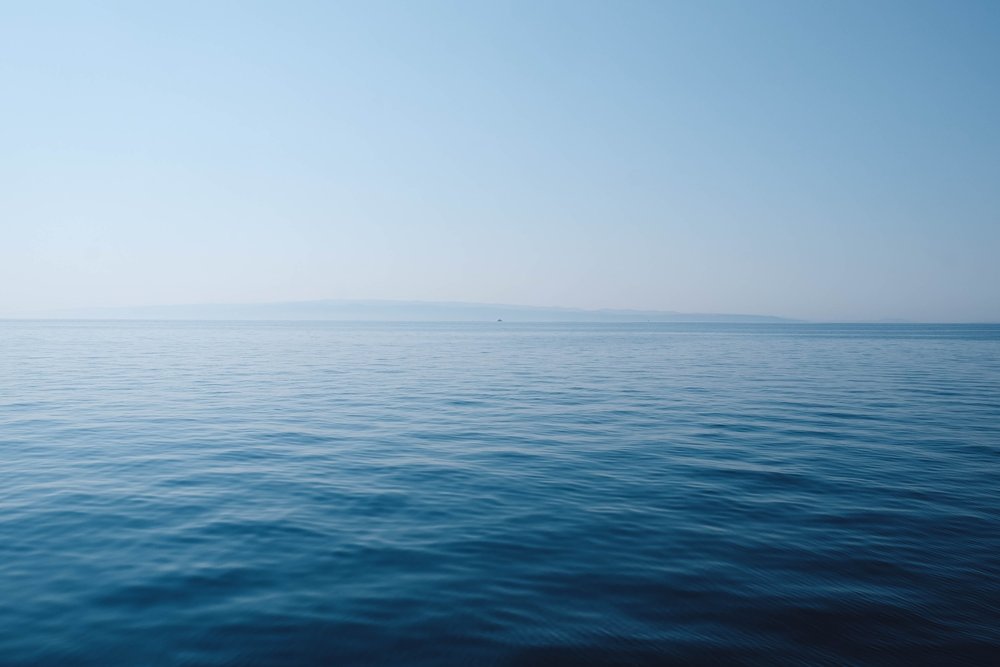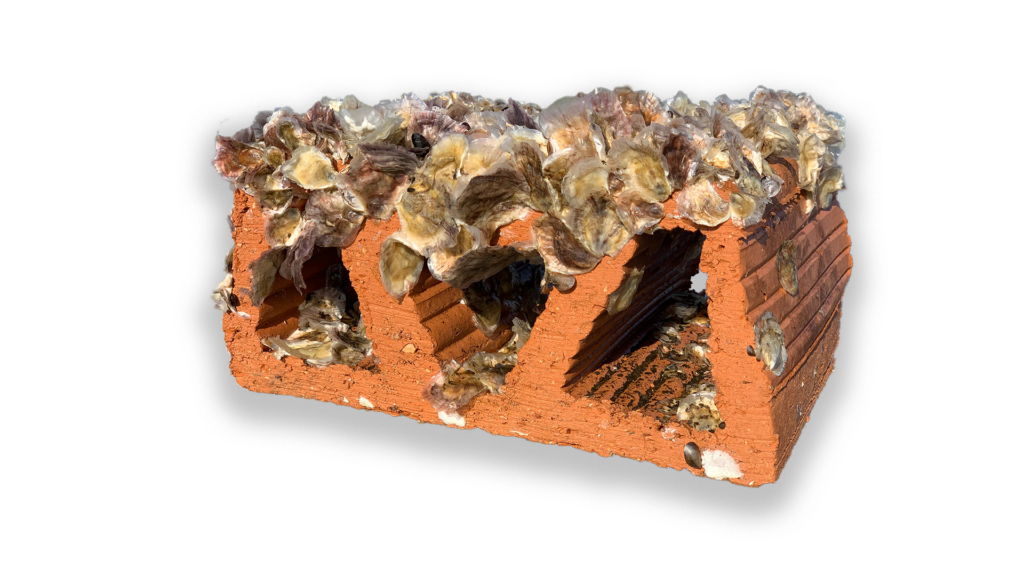
Wading or water birds are either native or passing migrating birds common to shorelines, river mouths and estuaries.
Some species include:
As you can see, there are many different species! The non-breeding waders usually travel from the Arctic regions towards Africa, stopping on the European coasts during spring and autumn. They would settle either on tidal flats, mudflats or the beach, foraging for food including worms, molluscs and crustaceans.
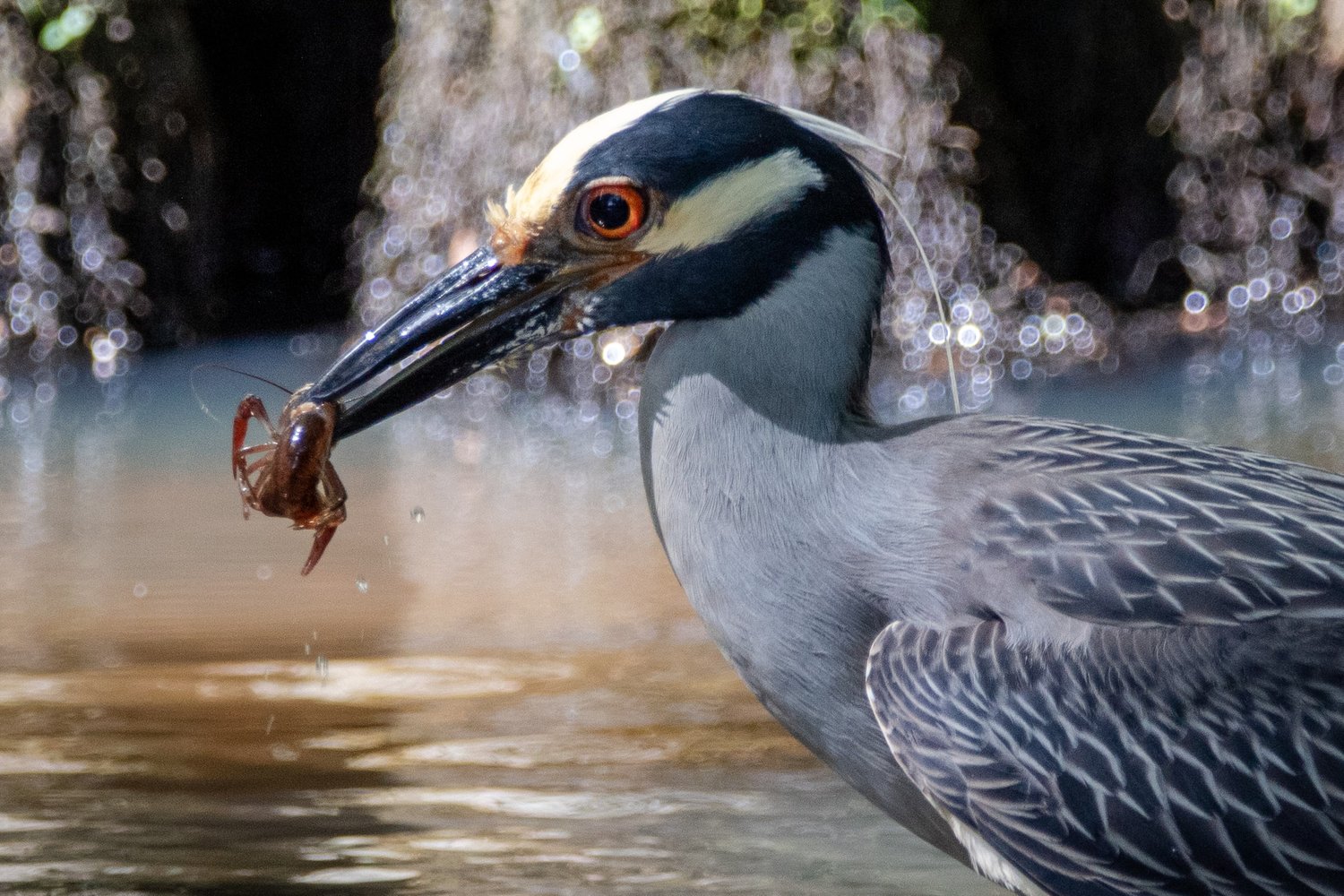
A decline in the population of some wader species has been linked to a decrease in the availability of food and settlement surfaces.
Years of trawling and dredging have affected the ecosystem structure with changes in sediment characteristics and associated biodiversity.
If the macro-invertebrates at the benthic level cannot be sustained by the sediments, the population up the food web will also be affected resulting in a decrease in fish, crustaceans and bivalves on which wading birds depend.
Furthermore, the reduction or complete destruction of structures capable of reducing wave energy results in the erosion of tidal and mud flats.
Wading birds are known for their site loyalty. The absence of a suitable surface for them to settle and feed on causes stress and can lead to death.
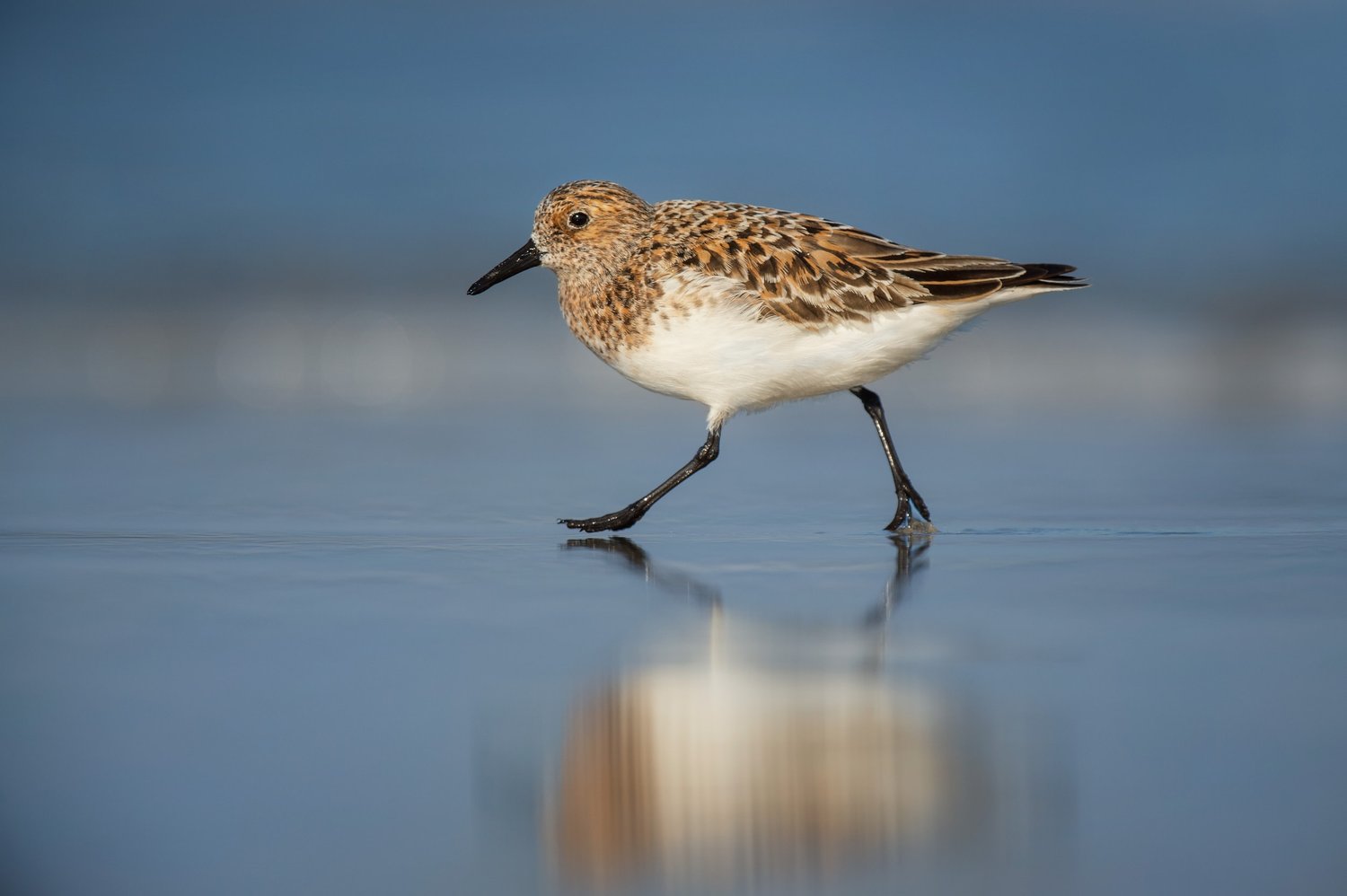
The restoration of oyster beds is the solution to help wading birds.
Sediments associated with oyster beds are always full of life because of all the unused nutrients from oyster filter feeding, trapped in oyster faeces and pseudo-faeces to be used as sustenance by microorganisms and other benthic organisms. Enriched sediments replenish and diversify the benthic macro-invertebrate population.
Moreover, the 3D structure of the oyster bed provides food and shelter to many aquatic species, including oysters, mussels, cockles, crustaceans and small fish, to be used as food supplies by waders.
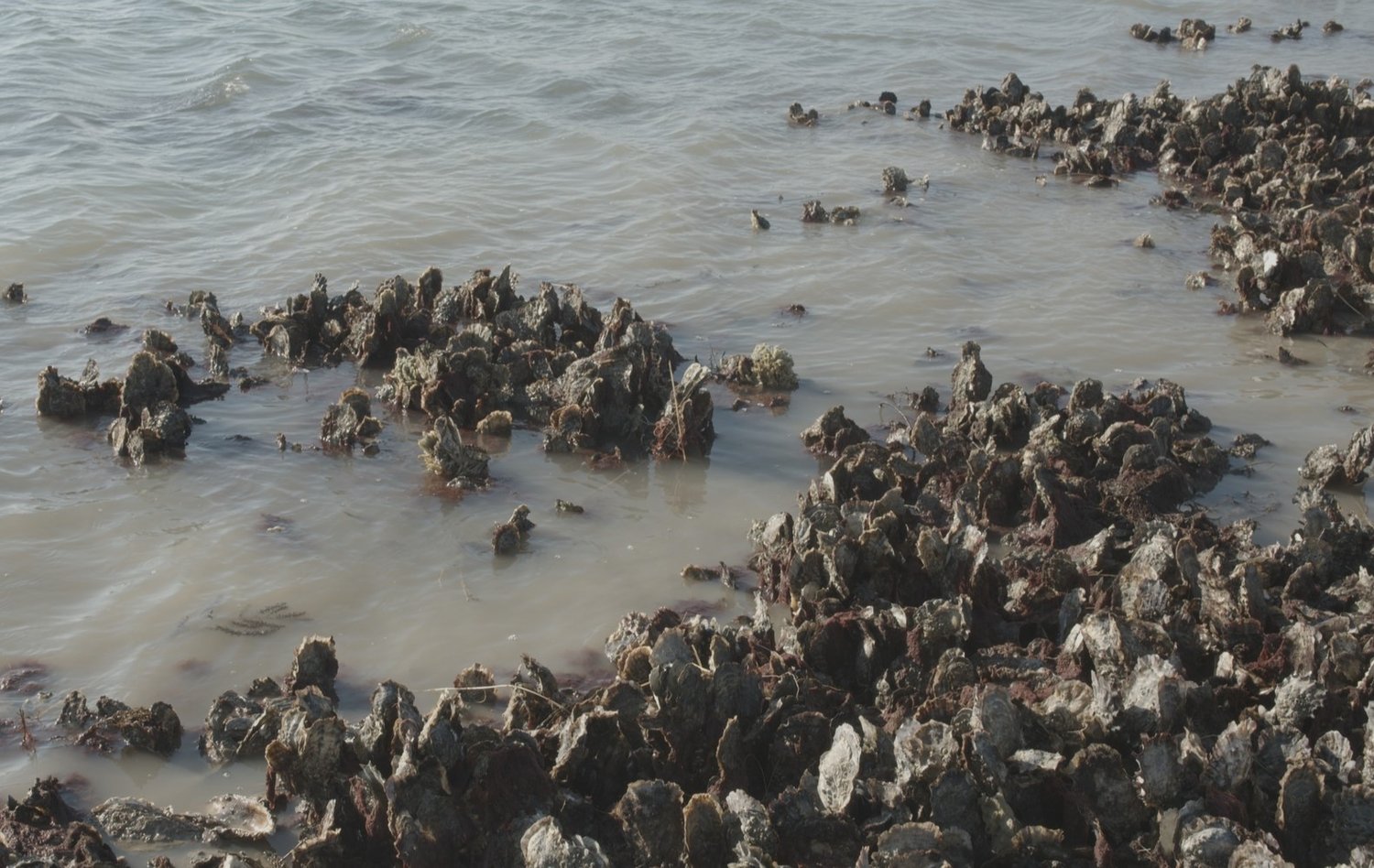
In addition, the oyster beds will act as a barrier decreasing wave energy to prevent erosion, thus protecting the shores and flats.
As such, oyster beds are not only beneficial to the marine ecosystem but benefit the terrestrial ecosystem as well.

Make a measurable difference for the ocean today.
You can now adopt a Mother Reef and help restore 100 oysters!

